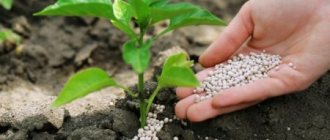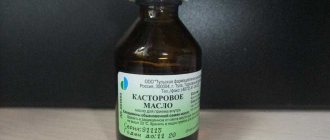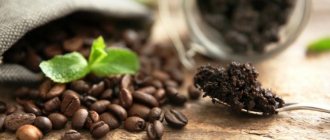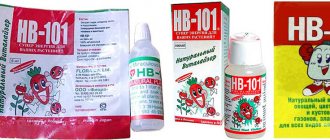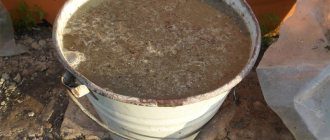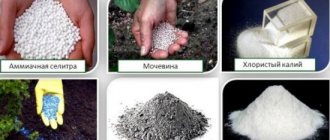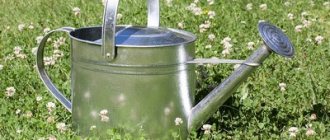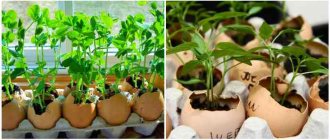Category: Organic fertilizers Reading time: 6 min · Views: 5,537
Cultivated plants need constant feeding, since the fertile layer of soil is depleted over time. Tea brewing as a fertilizer in the country is a very profitable and cheap fertilizer, which is appreciated by amateur gardeners in our country. Although there are voices of doubt about the effectiveness of such feeding, many summer residents successfully use sleeping tea in the garden and for feeding indoor flowers. Let's look at how best to use tea leaves for plants.
Tea as fertilizer for plants in garden beds
The advantage of sleeping tea, in addition to its availability as a supplement, is its prolonged effect. It does not release all the contained components to the crops at once, but as they decompose.
Before using in the garden, it is recommended to pre-dry the tea leaves. Such preparation will eliminate the possibility of the material becoming moldy. It is also undesirable to use raw materials from a drink to which sugar has been added: such tea leaves must be washed so as not to attract ants to the beds.
Dormant tea can be added to the soil at any stage of plant development: from preparing the bed to the period of fruit formation. It is optimal to add to holes when planting seedlings or sowing crops. It is important to consider that this fertilizer acidifies the soil, so it is especially recommended for the following vegetable crops:
- cucumbers;
- radish;
- pumpkin;
- carrot;
- sorrel.
If there is no need to increase the acidity of the soil, tea leaves should be added simultaneously with wood ash.
Bottom line
Tea leaves are an excellent way to fertilize the soil, which is used as additional plant nutrition. There is still debate among gardening enthusiasts about the effectiveness of using sleeping tea leaves. However, most lovers find the application of tea fertilizer beneficial and useful. Tea increases productivity and prolongs flowering, protects plants from late blight and mold, and improves soil structure.
The use of tea fertilizer is completely free, since the leaves are used. Fertilizing is applied regularly throughout the summer season - watered with a solution or mulched. This fertilizer is completely safe for plants, since microelements are in low concentration. However, fertilizing must be used carefully, since tannins are not beneficial to all plants. It should also be taken into account that tea leaves actively attract insects and birds.
Dried tea as fertilizer for seedlings
Used tea bags and their contents are a good replacement for peat tablets when growing seedlings yourself. It is very simple to prepare an unusual container. We cut the bags at the top and fill the free space with purchased soil mixture. Pressing them tightly together, place the “cups” in a container or tray. It is important that the bags do not tip over. We water the soil and sow the plants. When the seedlings reach the stage required for picking, we transplant them directly with tea bags.
In this case, sleeping tea will provide good nutrition to young plants, and the bags will protect the roots of the seedlings from damage during transplantation, which will eliminate the painful adaptation process.
Advantages and disadvantages of the method
The benefits of tea leaves have long been proven. The main advantage of this method is its accessibility. In addition, using such fertilizer is very simple, and most importantly, it is safe for health. There is also another positive point, the existence of which many of you did not even suspect.
The smell of tea leaves can scare away pets. Sometimes housewives complain that cats often chew the leaves of indoor plants, throwing soil from the flower pot onto the windowsill. Some people water them with infusion of citrus peels, but the tea leaves solution will be no less effective.
The main disadvantage of using this method is that it is not universal: it is not suitable for every plant. If a house flower requires a soil composition with a low pH level for normal development, then after tea procedures it will begin to get very sick.
Important : frequent application of tea leaves to the soil can lead to waterlogging and the appearance of chlorosis, and failure to comply with the dosage can result in serious harm.
Types of flowers that will not benefit from watering with tea leaves
There are plants whose growth and development can only take place in soil with a low concentration of hydrogen ions. These include: asparagus, amaryllis, begonia, pelargonium, tradescantia, and others.
You can determine the acidity of the soil yourself at home by using indicator paper. Its strips are coated with a substance that changes color depending on the pH level. You can purchase such a useful item in stores selling potted plants or departments for aquarists.
So, now you know everything about whether you can water flowers with tea. It is worth noting that most indoor plants react neutrally to this procedure. There is no evidence that tea leaves are very beneficial. It’s up to you to decide whether you should use it in home gardening or resort to chemical-based fertilizing. Good luck!
Spent tea as fertilizer for indoor plants
The used tea leaves are also used in indoor floriculture. There are at least 4 possible directions for its use:
- Foliar feeding. Water the pot with the remaining liquid from the teapot 1-2 times a month. Or make a special infusion of drunk tea for this. Ferns and cacti respond well to this feeding.
- Improving soil quality. Add dry tea leaves in any quantity to the soil mixture for indoor flowers. This ingredient will not only increase the nutritional value of the soil, but also improve its breathability and protect against mold formation.
- Drainage. Tea leaves for flowers can replace expanded clay if you place it at the bottom of the pot. Dried bags will do the job best.
- Pet protection. Relying on the specific smell of sleeping tea, it is recommended to use it as mulch to protect pots from attacks by cats.
Thus, the tea leaves that just yesterday went into the trash can will allow you to achieve abundant flowering and rich greenery on the windowsills.
Benefits of tea leaves
The beneficial substances contained in tea contribute to the growth of green mass and also prolong flowering. These include:
- Potassium. Accelerates growth and budding process. There is no need to worry about an overdose of the substance, since the tea leaves contain it in moderate quantities.
- Manganese. Takes part in the process of photosynthesis and is responsible for the condition of the root system.
- Magnesium. A deficiency can lead to slower plant development, leaf fall and the appearance of various diseases.
- Calcium. This microelement acts as an important link that takes part in the process of protein and carbohydrate metabolism.
Housewives who grow flowers at home are confident that regular watering with tea leaves can serve as good feeding. However, do not forget that this method is applicable only to certain types of plants. Otherwise, you can achieve the opposite effect, which will lead to rotting of the root system and their further death.
Dry tea can be used to create drainage. With its help, the top layer of soil is mulched, which allows moisture to evaporate less intensively. In this way, you can reduce the frequency of watering indoor flowers.
This is interesting: welding helps reduce the aluminum content in the soil, while metal inhibits plant growth.
When does it make sense to collect tea leaves?
Few people will collect and dry tea leaves and then bury them in the ground. But in some cases this activity makes sense. For example, if you work in a cafe and bring home large volumes every day. Then you can add 0.5 kg of waste per square meter.
When working in a tea packaging factory, you can take the leftovers home or buy them on the cheap. Fresh, uncooked leaves are much more valuable, so they are added to the soil in smaller quantities.
Did you like the article? Share with your friends:
Hello, dear readers! I am the creator of the Fertilizers.NET project. I am glad to see each of you on its pages. I hope the information from the article was useful. Always open to communication - comments, suggestions, what else you want to see on the site, and even criticism, you can write to me on VKontakte, Instagram or Facebook (round icons below). Peace and happiness to everyone!
